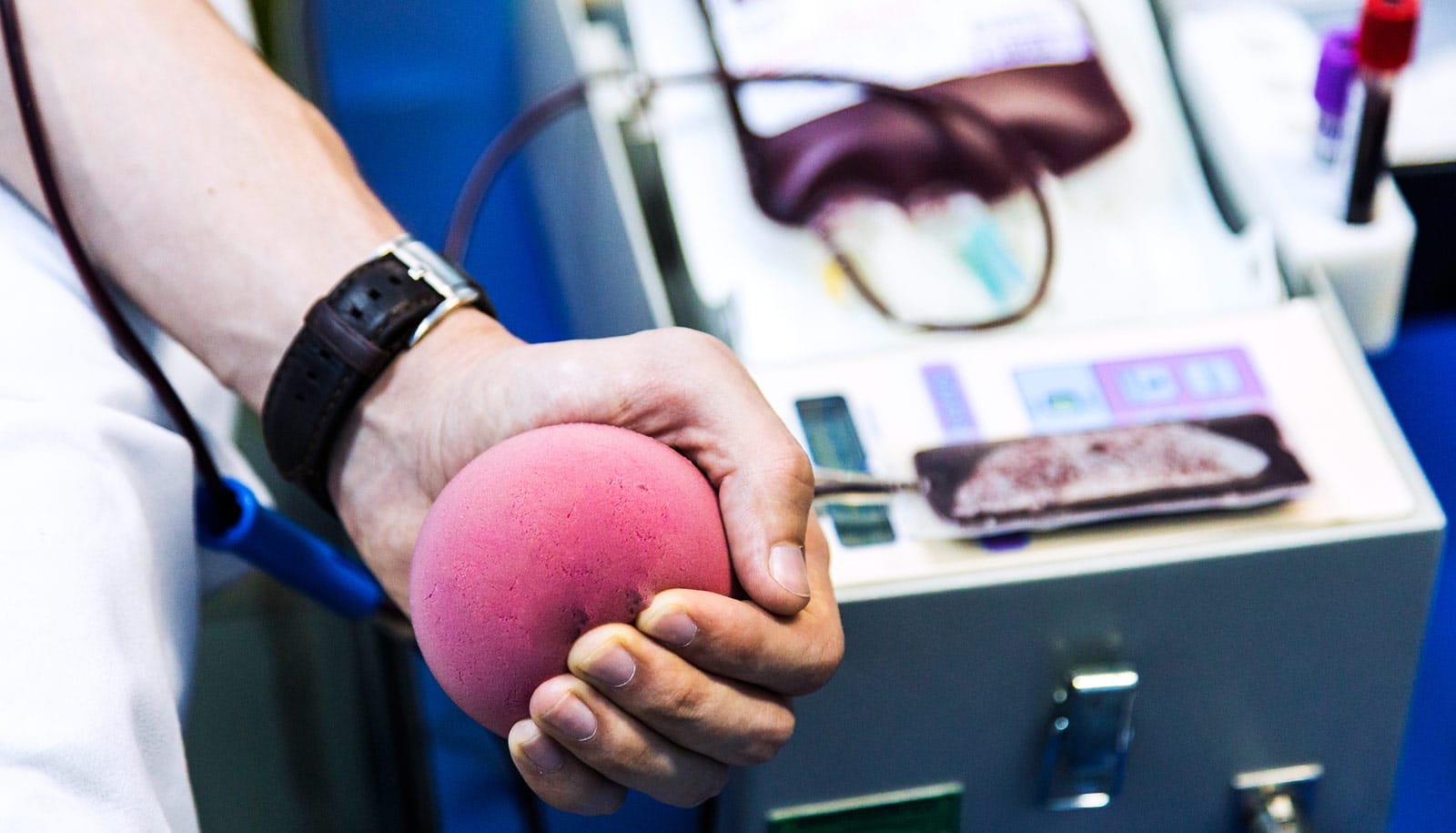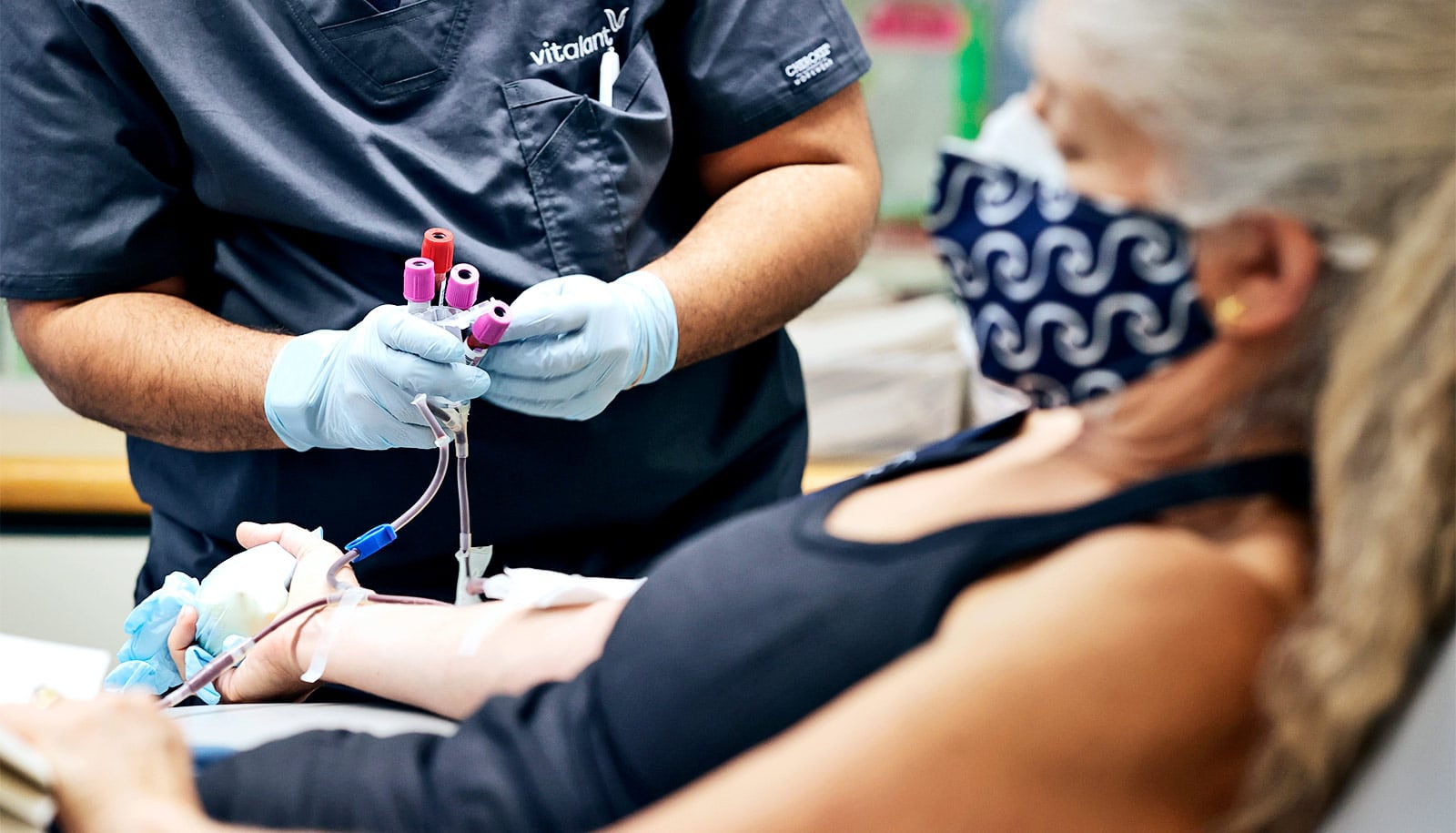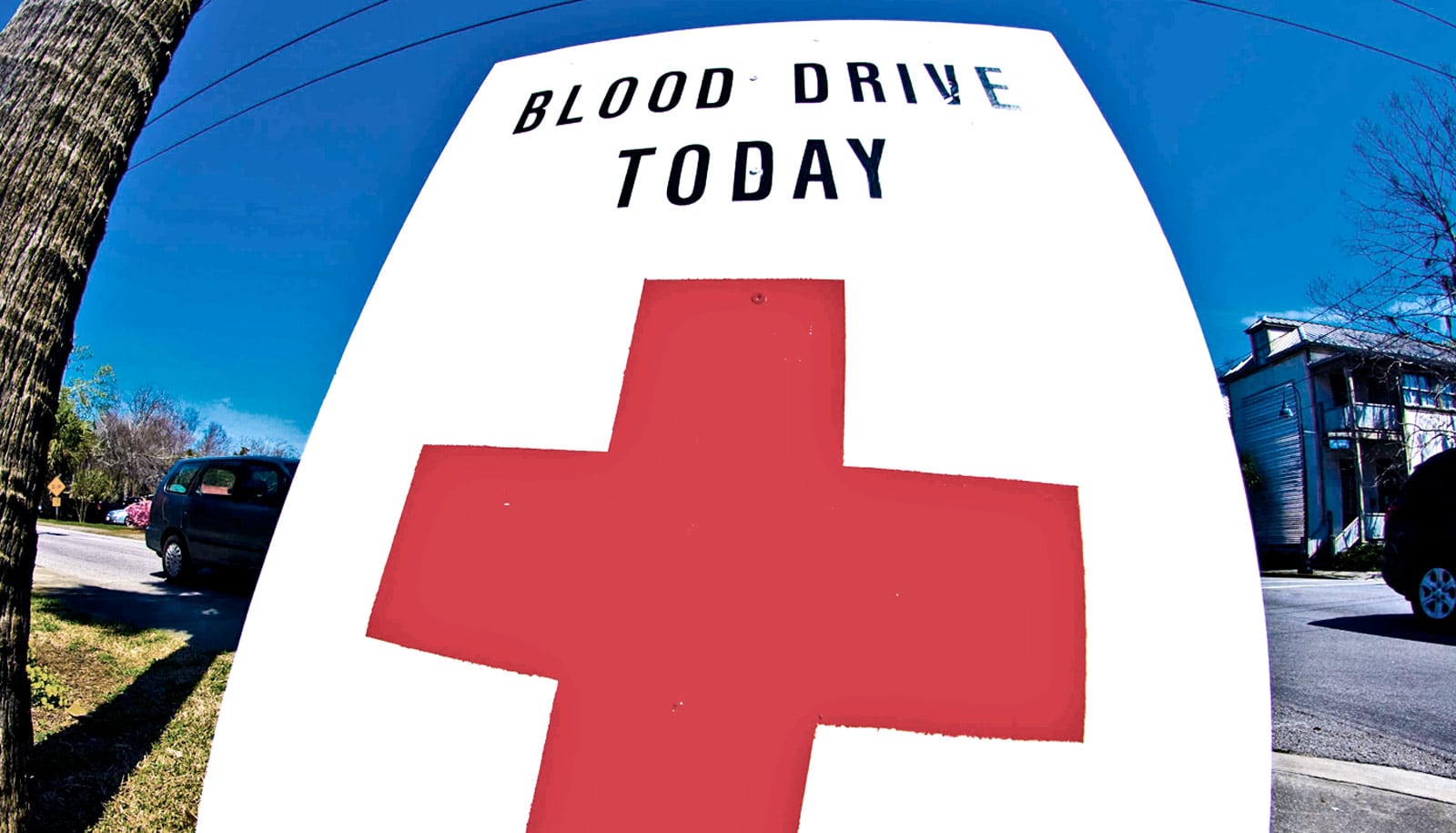The American Red Cross is experiencing the most critical blood shortage in 20 years.
Blood shortages are all too common, but they’re occurring more frequently now than ever before.
Contact the Red Cross to find local blood drives and schedule an appointment for blood donation.
Neil Blumberg, director of the Transfusion Medicine Unit, Blood Bank, and Stem Cell Storage Facility at University of Rochester Medicine, and Michael Vella, trauma medical director at the Kessler Trauma Center at the University of Rochester Medical Center, offer five facts you may not know about donated blood, and why a quick stop at your local Red Cross can be a true lifesaver:
1. Blood donations expire
Hospitals need to always have a stockpile of blood. When a patient arrives with life-threatening injuries, the blood needs to be available immediately. Most blood products can’t be stored for long periods of time, which means that they constantly need to be refreshed.
In addition to full units of blood, donations can be broken down into red blood cells, platelets, and plasma, each used for a different purpose. Platelets can only be kept for 5-7 days. Blumberg says. “Even if we use none of what is collected for a week—which never happens—we’d still need donations.”
2. Transfusions save the lives of patients with cancer and other conditions
Most people think of blood used for traumatic injuries and major surgeries, but it’s also essential for critical care of cancer patients, people with autoimmune disorders, and many others with chronic illnesses.
These days, many more aggressive cancer treatments are available that require blood transfusions. So there’s a greater need for blood donations for cancer patients now than in the past.
3. On average, trauma patients with major bleeding need at least 16 liters of replacement blood
In the most extreme trauma case, a single patient could need 60 liters of blood or more. Fortunately, this is rare, but the replacement of blood is just as critical as surgical repair for trauma patients.
“If a patient bleeds too much without a transfusion, no matter what you do in the operating room, they won’t survive,” Vella says. Every minute of delay in getting blood products is associated with a 1½ to 2% increase in mortality.”
4. Blood is needed in the field–not just in hospitals
Until recently, air ambulances in New York were not legally allowed to carry and transfuse blood. But in March 2021, Binghamton resident Travis Flanagan was involved in a traumatic farming accident. Because of the state law, blood donations had to be brought in on a Pennsylvania-based helicopter.
After multiple surgeries, including two leg amputations, Flanagan made it his mission to change the law. Now, medical blood transport is legal in New York state, which has contributed to the survival of numerous patients and the need for donated blood.
Vella, who worked with Flanagan during his advocacy for the law change, recently treated a patient who was involved in a brutal head-on car crash. The accident caused major bleeding and crush injuries. Thanks in large part to plasma and red blood cell transfusions, given both at the scene and at the hospital, Vella’s patient survived.
5. One donation can save more than one life
Because a single unit of blood can be separated into red blood cells, platelets, and plasma, one donation can save more than one person.
On the American Red Cross app, donors can now see the direct impact of blood donation. You can track the journey of your blood donation, and watch as an hour of your time—and less than half a liter of your blood—saves lives.
Source: Sydney Burrows for University of Rochester



